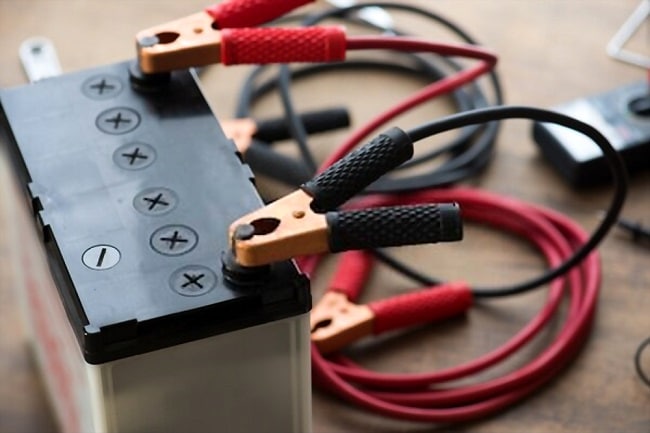Lean Battery
The term “lean battery” isn’t a standard term in the context of lead-acid batteries. However, it could potentially be confused with:
Sealed Lead-Acid (SLA) Batteries
These include Absorbent Glass Mat (AGM) and Gel batteries:
- Design and Structure:
- Electrolyte: Electrolyte is either absorbed in a glass mat (AGM) or immobilized in a gel (Gel battery), preventing it from moving freely.
- Maintenance: Maintenance-free, as they are sealed and do not require electrolyte level checks or topping off.
- Performance:
- Discharge/Charge: Typically have a longer cycle life and can handle deep discharges well, especially AGM batteries.
- Cost: More expensive compared to flooded batteries due to more complex manufacturing.
- Usage:
- Ideal for applications where maintenance is difficult, such as in uninterruptible power supplies (UPS), medical devices, and remote power systems.
- Advantages:
- Maintenance-free.
- Spill-proof and can be mounted in various orientations.
- Lower self-discharge rate.
- Better suited for deep-cycle applications.
- Disadvantages:
- Higher initial cost.
- Sensitive to overcharging, which can reduce lifespan if not properly managed.
Summary
- Flooded Battery: Requires regular maintenance, lower cost, liquid electrolyte, suitable for high maintenance environments.
- Sealed (AGM/Gel) Battery: Maintenance-free, higher cost, immobilized electrolyte, suitable for maintenance-free and deep-cycle applications.
If “lean battery” was intended to refer to another specific battery type or technology, please provide additional context or correct the term.


